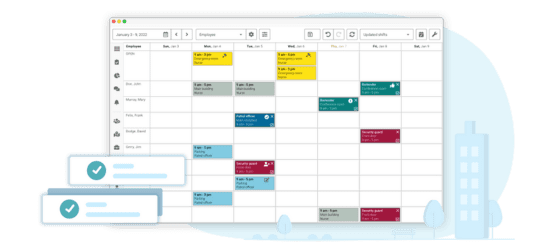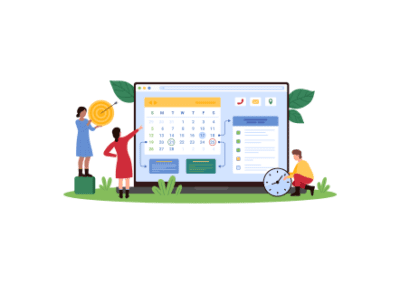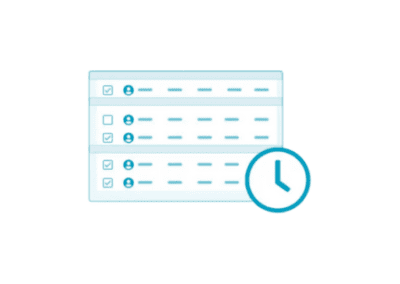Employee scheduling can be a complex and time-consuming process. The schedule must satisfy multiple requirements, and finding a solution is challenging. Generic employee scheduling solutions for tasks such as employee rotations, site coverage, and forecast requirements are often saved and reused as a set of scheduling templates/patterns that make visual recognition much easier. However, visual scheduling systems save that workload and make scheduling easier for schedulers.
When unexpected changes or human mistakes happen, “noise” is introduced into the expected patterns. A visual presentation of the schedule data can make this “noise” visible and easy to fix. Visual patterns can significantly reduce the time needed to create complex scheduling templates, identify problems and improve existing schedules.
What are Visual Scheduling Systems?
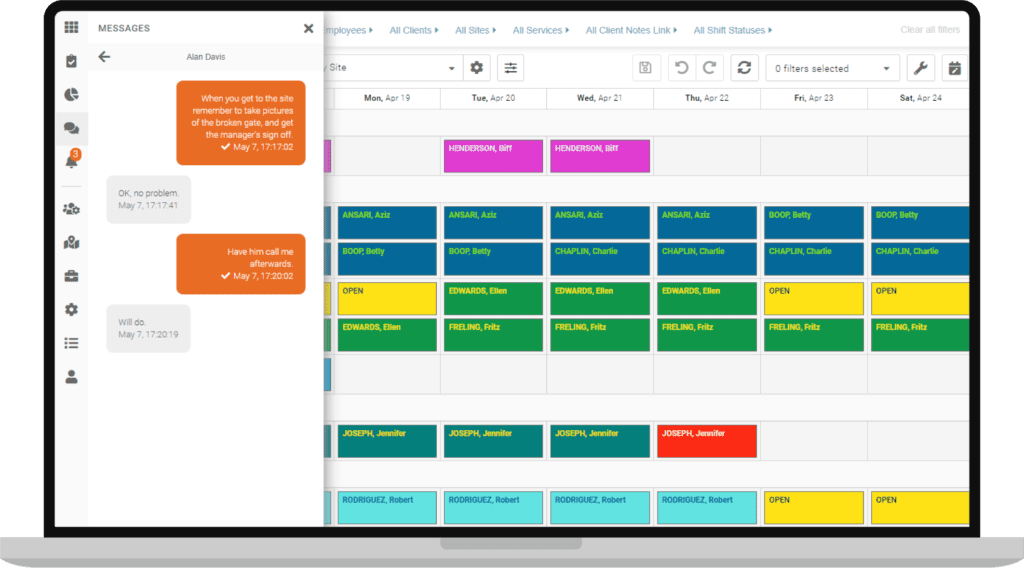
Visual scheduling software is one of the most comprehensive solutions for planning, project management, staff tracking and assignments. Any business that relies on shift work would benefit from a visual scheduling system. It helps both employees and schedulers keep track of their schedules.
Why Visual Patterns Matter
Visual patterns are everywhere. We see and remember the world around us with associations. Our brain matches the currently visible frame with a visual pattern we already know.
If we cannot find an existing visual pattern, we will make one up. Fast visual pattern recognition helped animals survive and evolve into what they are today.
The human brain understands visual information better than text. We have been communicating for approximately 30,000 years, but we have only been using text/numbers for about 3,700 years.
Daily, 90 percent of the information transmitted to our brain is visual. We process visual information 60,000 times faster than text. MIT neuroscientists found that the brain can identify images seen for as little as 13 milliseconds, click here for more info. All of this contributes to why visual scheduling systems are so advantageous.
TEXT VS. VISUAL – DATA PRESENTATION AND EDITING
Let’s define a simple scheduling requirement: A customer needs a security guard at a site 24/7 for 5 days.
During the schedule build process, the schedule may have to be changed multiple times to handle exceptions and satisfy customer, employee, company, union, and other requirements. The scheduler must quickly identify and correct problems and errors with each change.
If you’re currently scheduling your employees using Excel, you might know how difficult it can be to spot and correct errors. You might easily miss an empty shift, or you could double-book an employee at multiple locations by accident.
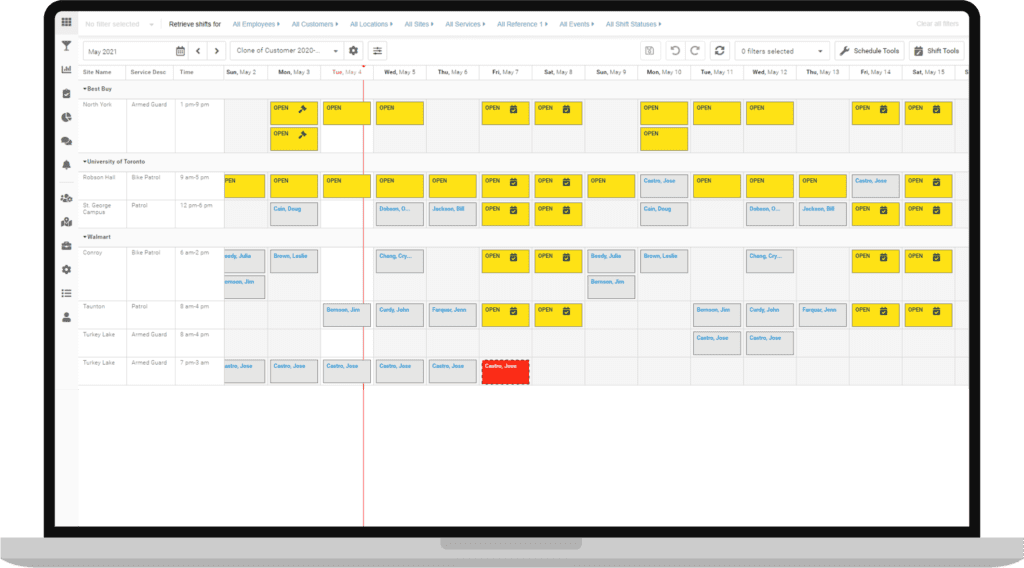
Even with features like grid sorting, filtering, and column move, finding the problem in Excel is not easy. Your schedule likely represents data only for one site with three employees covering 7 days. Schedulers usually deal with multiple sites and employees’ coverage requirements.
The same scheduling data presented using a visual scheduling system would be far easier to read and analyze. The human brain can detect the “noise” in the pattern in milliseconds. As you can see from the Celayix visual scheduler – it is much easier to spot errors and missed shifts. Not only that, but our software will generate error notifications if you try to double-book an employee!
Why you should use Visual Scheduling Systems
There is a wide range of benefits when it comes to visual scheduling systems. When it comes to using any tool for your business, it should help you save either time or money, right? Well, visual scheduling systems can help you do both.
REDUCE SCHEDULE ERRORS
As mentioned above, visual scheduling systems help you spot and fix errors. But what does this translate to in terms of savings for your business? First off, time is saved when reviewing employee schedules. A quick glance will generally highlight any errors that need to be corrected.
Celayix Visual Scheduler will alert you of double bookings, empty shift slots and even overtime assignments. This will reduce the time spent on employee scheduling, making it more efficient.
REDUCE MISSED SHIFTS AND LATE CHECK-INS

While visual scheduling systems do primarily help schedulers, they also help employees. With a visual scheduling system like Celayix, employees can view their schedules clearly. This helps to reduce the likelihood of missed shifts and/or late check-ins.
Missed shifts aren’t just a problem for your business; they affect your customers or clients. Regular missed shifts or late arrivals can result in a loss of business. Visual scheduling systems make it easy for employees to see their shifts, shift information, and other crucial information.
They also save you time to find replacements for those missed shifts, which is made easier with Celayix Visual Scheduler. Celayix Find Replacement tool curates a list of qualified and available employees to fill missed shifts. Time saved = money saved!
CREATE EMPLOYEE SCHEDULING PROCESSES
The key to scaling any business is creating processes around your operations. A lot of time is often dedicated to employee scheduling through manual processes like Excel.
However, with visual scheduling systems, schedulers can create clear processes around employee scheduling. This can result in huge time savings, as we’ve seen with many of our clients. One of our home healthcare clients reduced their scheduling time by over 20 hours!
Overall, visual scheduling systems simply make life easier. You’ll never look back once you switch to a visual employee scheduling system like Celayix! If you’d like to explore our Visual Scheduler, you can check out our employee scheduling software or contact our Solutions Advisors for a free, custom demo.


